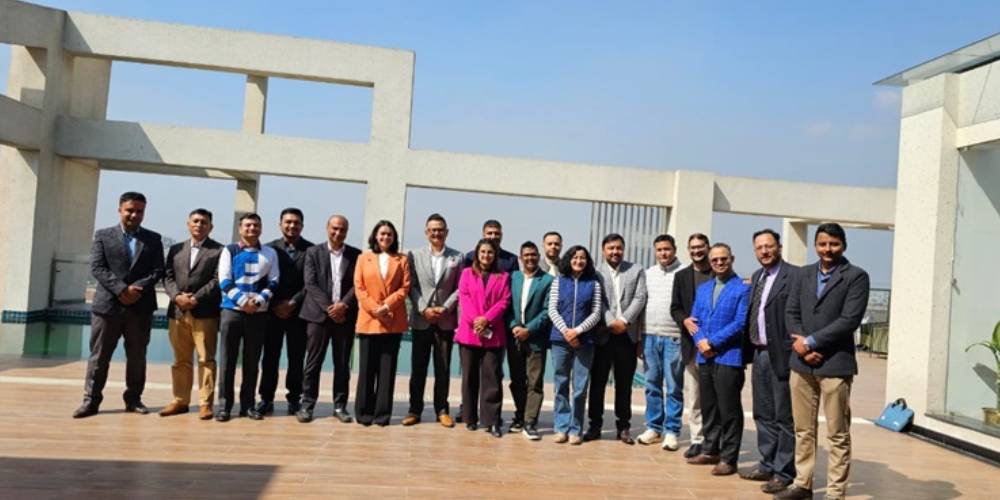Kathmandu-Nepal’s IT industry is rapidly evolving, driven by digitalization and the rise of tech startups. The sector is growing at an annual rate of 12%, with emerging fields like Artificial Intelligence (AI), Cloud Computing, and Cybersecurity leading the charge. However, despite this progress, Nepal faces two major challenges: limited job opportunities for fresh graduates and a rising trend of brain drain.
This article explores Nepal’s IT employment landscape, why many skilled professionals prefer working abroad, and strategies to boost IT jobs within the country.
Nepal’s IT Job Market: A Growing Industry with Limited Entry Points
While Nepal’s IT industry is expanding, the job market presents a mixed reality. On one hand, established companies like Cotiviti Nepal, CloudFactory, and Deerwalk are creating thousands of jobs in fields like Software Development, AI Engineering, and Cybersecurity. Experienced professionals in these areas earn between NPR 768,000 to NPR 2 million annually.
On the other hand, fresh graduates struggle to find well-paying jobs. While entry-level positions in Software Development, Digital Marketing, and IT Support exist, the demand for highly skilled professionals exceeds the supply. This skills gap forces many new graduates to either settle for low-paying jobs or seek better opportunities abroad.
Why Nepal’s IT Graduates Are Leaving?
Nepal produces a large number of IT graduates each year from institutions like Kathmandu University, Deerwalk Institute of Technology, and NCIT. Many of these students specialize in AI, Data Science, and Cybersecurity, and over 85% find jobs within six months of graduation.
However, despite their qualifications, a lack of career growth, lower salaries, and limited access to cutting-edge technology push many of them to work abroad. Countries like Australia, Canada, and the United States are top choices, with over 300 students applying for “No Objection Certificates (NOC)” daily to study abroad.
Challenges in Retaining IT Talent in Nepal
Limited Government Support – Nepal lacks policies that encourage skilled professionals to stay.
Skill Gap – The education system does not fully align with industry demands.
Global Job Preference – Many young professionals prefer working for international companies over local firms.
How Nepal Can Boost IT Employment and Retain Talent
1. Strengthening Industry-Academia Collaboration
-
Universities and IT companies should partner to offer internships, hands-on training, and real-world projects.
2. Government Initiatives
-
Provide tax incentives for startups hiring local IT talent.
-
Establish Innovation Hubs to promote research and development.
3. Competitive Salaries & Remote Work Opportunities
-
Offer salaries that match global industry standards.
-
Encourage remote work for international companies while staying in Nepal.
4. Upskilling & Training Programs
-
Launch coding bootcamps focusing on AI, Cloud Computing, and Cybersecurity.
-
Implement government-funded skill development programs.
5. Encouraging Startup Culture
-
Support local tech startups with funding and mentorship.
-
Highlight success stories of Nepali tech entrepreneurs to inspire young professionals.
The Road Ahead
For Nepal to thrive in the global IT market, it must bridge the skill gap, offer competitive salaries, and create an environment where tech professionals can innovate and grow. By retaining local talent, Nepal’s IT sector can become a key player in the international digital economy.































Comments